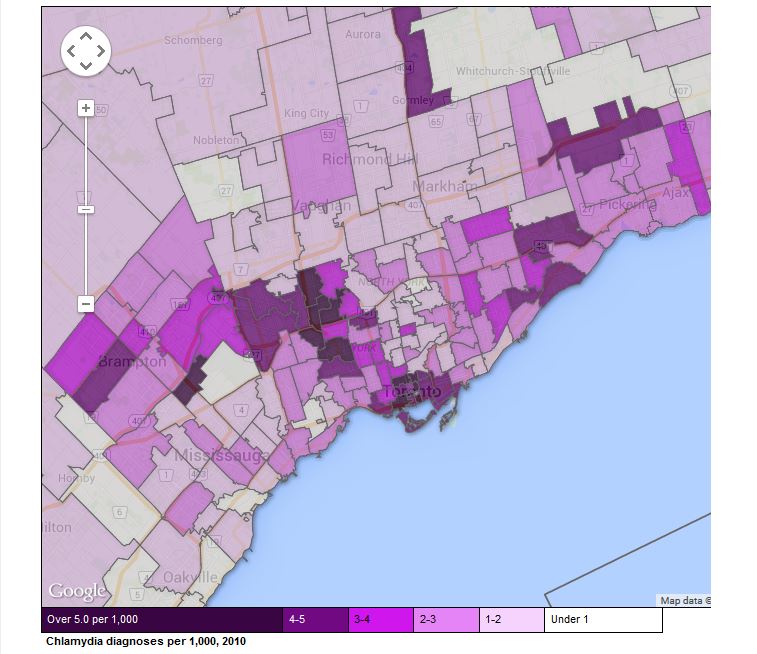Scientists are alarmed by the reappearance of two old enemies once thought tamed – drug-resistant strains of gonorrhea, and a disturbing uptick in the the number of syphilis cases which lead to serious problems with the brain.

At the turn of the century, doctors say, syphilis had become nearly unknown in Toronto – but in recent years, there have been hundreds of infections a year.
Antibiotic-resistant gonorrhea can cause inflammation, infertility, pregnancy complications and, in extreme cases, lead to maternal death.
“This organism has basically been developing resistance against every medication we’ve thrown at it,” said Dr. Manjula Lusti-Narasimhan, a scientist in the World Health Organization ’s department of sexually transmitted diseases. This includes a group of antibiotics called cephalosporins currently considered the last line of treatment.
“In a couple of years it will have become resistant to every treatment option we have available now,” she said.
Using access-to-information laws, Global News obtained data showing the postal areas of people with infectious diseases diagnosed in 2010.
The data, which breaks down the STIs by neighbourhood area, shows distinct patterns:
Gonorrhea and chlamydia are common in the broader downtown, in a part of the city’s northwest stretching north along Jane St., Brampton, and eastern Scarborough.
Syphilis and HIV have very similar patterns to each other both tightly concentrated in the east downtown.
Use the pulldown menu at upper right to switch between diseases. Type a city into the search box to see data for other Ontario cities.
With files from The Associated Press
Greater Toronto Area
- Small grocers, co-ops receiving boost from Loblaw boycott: ‘A lot of anger’
- B.C. man losing vision needs to find home for treasured book collection
- U.K. bans generic passwords over cybersecurity concerns. Should Canada be next?
- More foreign interference action coming after inquiry report, India arrests: LeBlanc




Comments